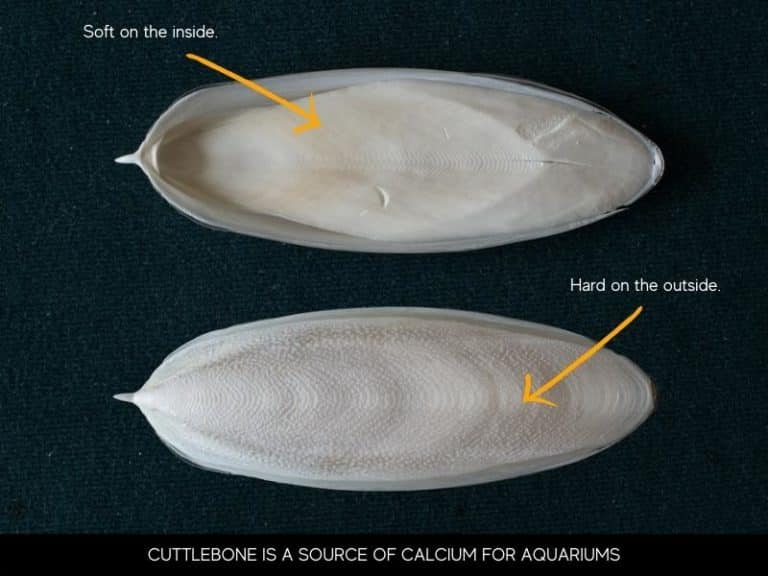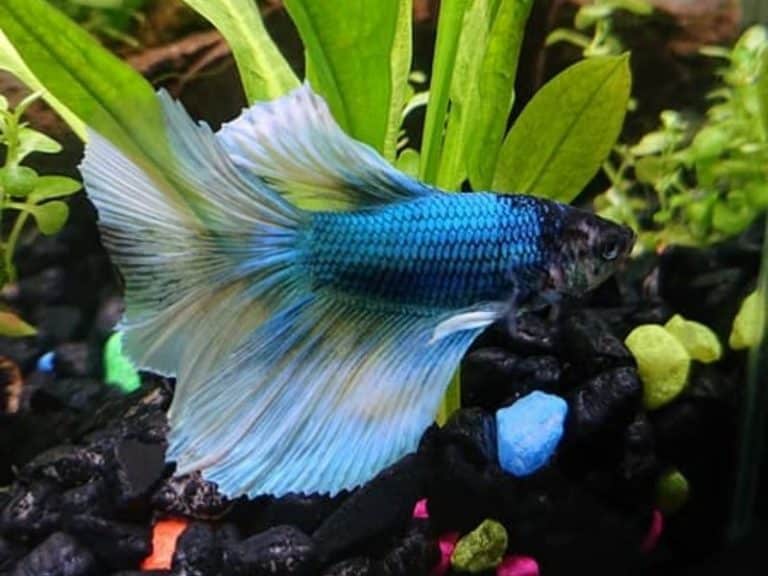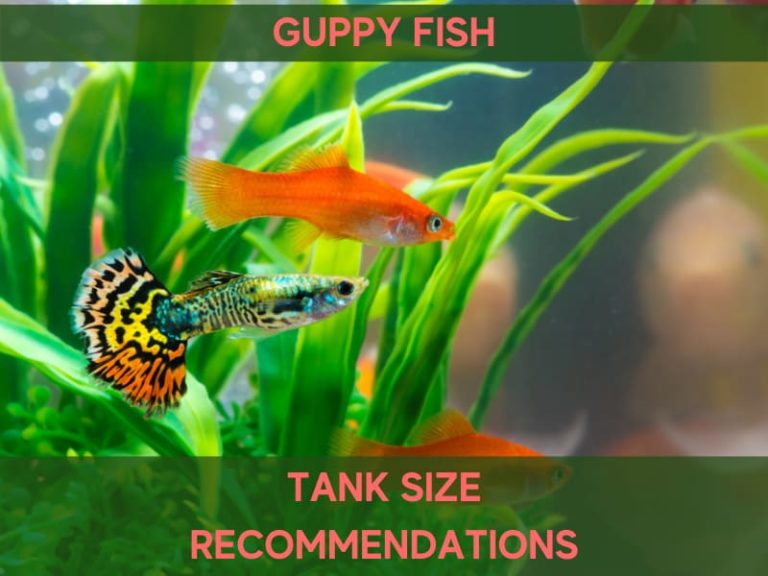Many things could go wrong in your aquarium. Perhaps you’ve kept your fish for a long time without significant issues before they suddenly start dying.
Aquarium fish can die overnight due to exposure to toxic compounds, low oxygen concentration in the tank, or sudden changes in water quality. Ammonia poisoning in new tanks is also a major cause of sudden mortality of fish.
Why are my fish suddenly dying
Here are some reasons your fish are suddenly dying:
Low oxygen concentration in the fish tank
Aquarium fish rely on dissolved oxygen to survive. Fish take in water through their mouths and force the oxygen into their respiratory system through their gills. However, things like extremely high temperatures, algae overgrowth, clogged filters, and excess fish waste can significantly reduce the dissolved oxygen in the aquarium.
Warm water molecules move faster than cold water molecules, driving out oxygen from the aquarium. Similarly, algae overgrowth consumes large amounts of oxygen. For example, the blue-green algae produce little to no oxygen but demand a lot of it from the aquarium at night, thereby asphyxiating your fish. Asphyxiating fish tend to look for air at the water surface.
To identify oxygen deficiency in your aquarium, look at how your fish breathe. You may notice rapid gill movements and labored breathing in your fish. If that’s the case, don’t wait until a later day to fix the problem. Lack of dissolved oxygen in the water can result in mass fish deaths within a few hours. Add a filter and increase water movement to improve the dissolved oxygen.
Buying unhealthy fish
Perhaps you bought sick fish from the fish store and introduced it to healthy fish. Some fish infections, such as fungal spores, lurk in fish tanks. Healthy fish are resistant to fungal infections but sick, injured, or stressed fish are highly vulnerable. Unhealthy fish die faster, but they will also increase the fungal spores in the tank to dangerous levels.
There is a stark difference between healthy and unhealthy aquarium fish. The former swim actively has bright coloration and eats when you give them food. However, sick fish have an erratic swimming pattern, are pale, and are not interested in food. Also, check for black or white spots and growths on the fish. If you notice these signs at a fish store, don’t buy them.
However, if you see even one unhealthy fish in your aquarium, the healthy ones are also at a high risk of dying from the same condition. In other words, one sick fish can spoil the whole aquarium. Unhealthy fish have a short lifespan, infect other fishes, and may start dying suddenly. However, all the fish don’t have to die. You can save some of them.
Overfeeding your fish
You might be wondering how overfeeding your fish may cause them sudden deaths. Overfeeding your fish means two things. There are many leftovers in the tank once your fish are satisfied. Secondly, fish release waste more frequently. Since the water filtration in an aquarium is less efficient, toxins accumulate rapidly, killing your fish.
The microbes acting on the fish waste and food leftovers release toxic chemicals that can kill your fish in large numbers. The solution to water pollution is dilution. But the answer to overfeeding your fish is to feed them less. If your fish take more than one or two minutes to finish the food you’ve given them, you are probably overfeeding them.
The fish should eat all the food you drop in the aquarium in less than a minute. That means few foods will sink and mix with the substrate. Don’t worry if you’ve been doing it wrong. If lots of fish food have accumulated at the aquarium base, an aquarium gravel vacuum is the easiest way to remove them. Keep reading to find out how.
Exposure to toxic compounds
Exposure to toxic compounds such as ammonia, acids, chlorine, fuel oil, gasoline, and pesticides can kill your fish overnight. These compounds kill fish by disrupting osmoregulation in fish gills. In addition, they cause damage to gill tissues. For instance, ammonia and methylmercury can cause respiratory problems and labored breathing in your fish.
Eventually, you will notice symptoms of lethargy and death in your fish. The toxic compounds act rapidly since they get in the fish system through the gills and not through the skin. The leading causes of toxin accumulation in an aquarium are new tank syndrome and improper filter maintenance. Any amount of ammonia can cause sudden fish deaths in your aquarium.
Overstocking and overfeeding your fish also builds up high nitrate levels in the aquarium. I will give you solutions to restore good health and happy fish in a toxic aquarium. Generally, it comes down to water testing. Ensure that nitrate levels in the aquarium are below 0.75 parts per million and that ammonia levels are zero parts per million in the water.
Drastic temperature changes
Sudden water temperature changes can be fatal to aquarium fish. It is particularly more dangerous for small fish and fries than larger fish. The optimal temperature for tropical aquarium fish is between 75°F and 80°F. Fish metabolism and respiration increase at that temperature range as they use more oxygen.
The lateral line in fish is quite sensitive; it can detect temperature changes as tiny as 0.03°C. Although a rise in temperature increases fish metabolism and keeps the fish active, it also lowers dissolved oxygen in the water. Similarly, tropical fish are not used to icy water. Extended periods of water temperatures below 40°F can kill your fish.
Rapid water changes
Another reason your fish are suddenly dying might be because of rapid water changes. I never recommend changing more than 50% of the water at once. Aquarium water has a stable pH, temperature, and oxygen concentration. Rapid water change can make your fish go into a thermal shock, making them highly vulnerable to disease.
New tank syndrome
Nitrifying bacteria take time to multiply in a new tank since there’s little to no decomposing matter in the water. The lack of nitrifying bacteria in new tanks renders the nitrogen cycle incomplete.
If you introduced fish into the tank before the colonies of good bacteria grow, the fish are likely to die suddenly and the tank will have succumbed to what’s called the new tank syndrome.
Fish waste adds to the rapid build-up of ammonia in the water and thus the quick death of your fish as a result of the lack of biofilters. The unfavorable aquarium conditions kill fish overnight or within three days.
Incompatible tank mates
Not all tropical fish are friendly toward each other. Some like guppies and mollies are pretty calm and friendly. Others like tiger oscars and flowerhorns are more aggressive. Incompatible tank mates are more likely to be agitated and cause chaos in the tank. You may occasionally see visible attack signs on the body of shy fish, including nips on their fins.
Injured fish hide to heal and are less competitive during feeding. They might die due to stress, hunger, and aggression. Although keeping fish in an aquarium is fun, it is essential to research compatible tank mates before putting different fish together. If necessary, separate the aggressive fish from the peaceful ones.
Wrong tank size
Overcrowding fish in a small tank can make even the most peaceful species aggressive. Secondly, fish pollutes the water fast and promotes diseases. Once the carrying capacity of a fish tank is exceeded, your aquarium fish may start dying suddenly. For instance, if you keep more than ten mollies in a five-gallon tank, they will die prematurely.
Your aquarium fish can die overnight for several reasons: wrong tank size, incompatible tank mates, new tank syndrome, rapid water changes, drastic temperature changes, exposure to toxic compounds, and low oxygen concentration in your fish tank. Learn how to prevent aquarium fish deaths in the next section.
Solutions to prevent aquarium fish from dying
Here are some solutions to prevent your aquarium fish from dying:
Research the fish and its desired water quality.
All tropical fish do not thrive in the same water quality. Individual fish have specific water quality requirements. Extensive research is critical for the lives of your fish. For example, mollies live healthy and happier lives at a pH of 7.5 and 8.5 and a nitrate volume of less than 30ppm. On the other hand, guppies can tolerate a maximum nitrate of 10ppm.
Have a strict feeding schedule for your fish.
Feed your tropical aquarium fish once or twice a day. Even if they beg for more, don’t add them extra food. Remember that leftovers can clog your fish tank and decay into harmful toxins. Overfeeding some fish, such as cichlids, can cause fin rot and improper digestion. Although you can feed your fish at any time of the day, it is best in the morning and evening.
Cover the fish tank with a lid.
Covering the aquarium with a lid reduces evaporation and keeps off dropping materials out of the tank. Animal droppings such as lizard waste can fall inside an uncovered aquarium and disrupt the water chemistry, adding to the toxicity. Although glass lids can be more costly than plastic lids, I highly recommend them. Glass lids are effective, versatile, and durable.
Check that the heater is working.
The optimal temperature for tropical aquarium fish is between 75°F and 80°F. A malfunctioning heater can raise or lower temperatures beyond the recommended margins. The temperature shock can kill your fish.
To check if the aquarium heater is working. If you feel the heat, the heater is working. Otherwise, you need to repair or replace the heater with a new one as soon as possible.
Change 10% of the water every week
Changing large amounts of water in one sitting alters the water parameters. The fish that do not die immediately from the osmotic shock will be stressed and may not live long. Therefore, change 10% of aquarium water every week. However, professional fish breeders encourage maximum fish growth and remove excess toxins by changing the water daily in the aquarium.
Test a new fish tank for ammonia and nitrites
Testing a new tank using an ammonia test strip kit is the quickest solution to new tank syndrome. Dip it into the fish tank for about 10 seconds and compare the color change to the chart on your test kit. The chart gives you the ammonia estimate in your fish tank.
Perform the test every two or three days. Ensure that nitrate levels in the aquarium are below 0.75 parts per million and that ammonia levels are zero parts per million in the water.
Decrease fish population
Decreasing fish population is a solution to overcrowding. As a result, ammonia accumulation and aggression, the leading causes of sudden deaths in tropical fish, will reduce. A lower population of fish in a spacious tank will develop strong immunity and grow to their full potential.
Choose an appropriate tank size.
The right tank size depends on the size of the tropical fish, the number you intend to keep, and several other factors. For starters, the minimum tank size should be five gallons. However, aquarists suggest 20-gallon tanks or larger. A large tank gives fish enough room to swim, play, hide, and breed without fighting over territory.
Here is a summary of the problems that could kill your fish overnight and the best fixes:
| Problem | Best Fix |
| Low oxygen concentration in the fish tank | Add a filter and increase water movement |
| Buying unhealthy fish | Research the fish and its desired water quality |
| Overfeeding your fish | Have a strict feeding schedule for your fish |
| Exposure to toxic compounds | Cover the fish tank with a lid |
| Drastic temperature changes | Check that the heater is working |
| Rapid water changes | Change 10% of the water every week |
| New tank syndrome | Test a new fish tank for ammonia and nitrites |
| Incompatible tank mates | Decrease fish population |
| Inappropriate tank size | Choose an appropriate tank size |
Can fish keep dying even if the water is fine?
Your fish will not die if the water parameters are synchronized with their natural homes. Among other things, have a consistent tank management routine. Changing the water alone is not sufficient. Clean the tank, the pebbles, and the ornaments inside the aquarium. Constantly check the ammonia, pH, and temperature levels. The water will be fine, and your aquarium fish will not die.
References
- Animal Welfare Institute. (2015). Ethical and Ecological Implications of Keeping Fish in Captivity. AWI Quarterly
- Sallenave, R. (2013). Understanding and preventing fish kills in your pond. New Mexico State University, Cooperative Extension Service.





